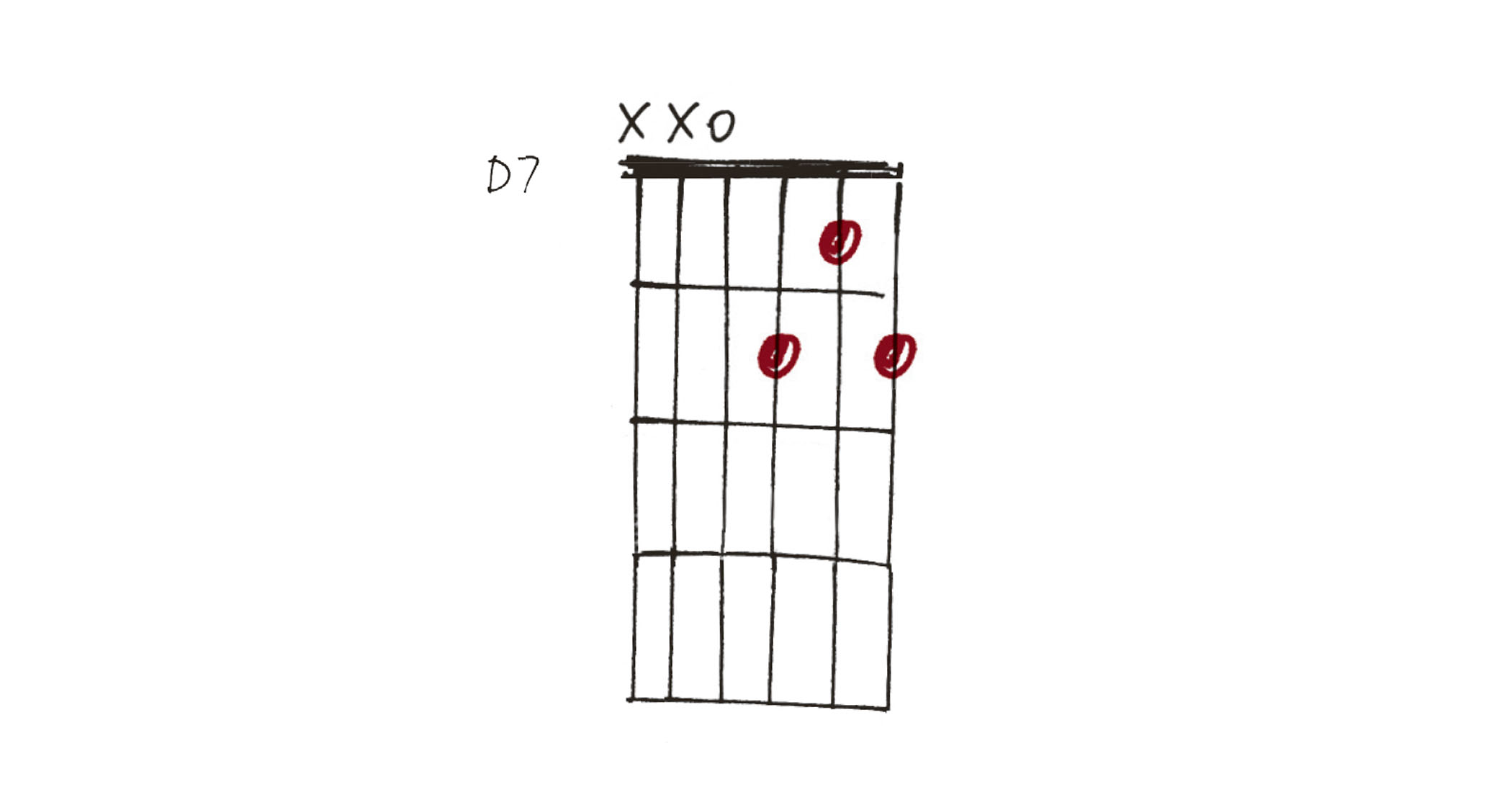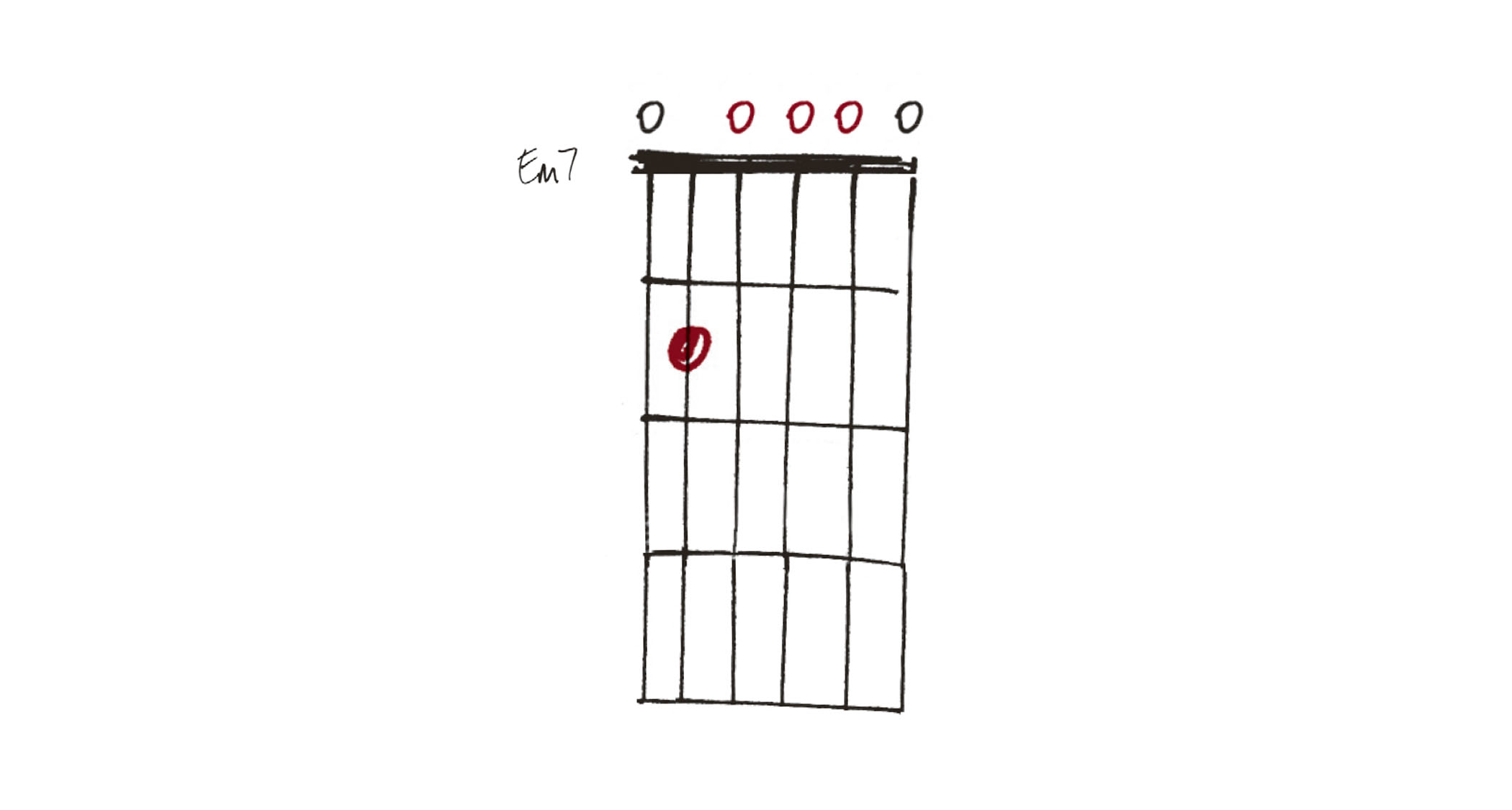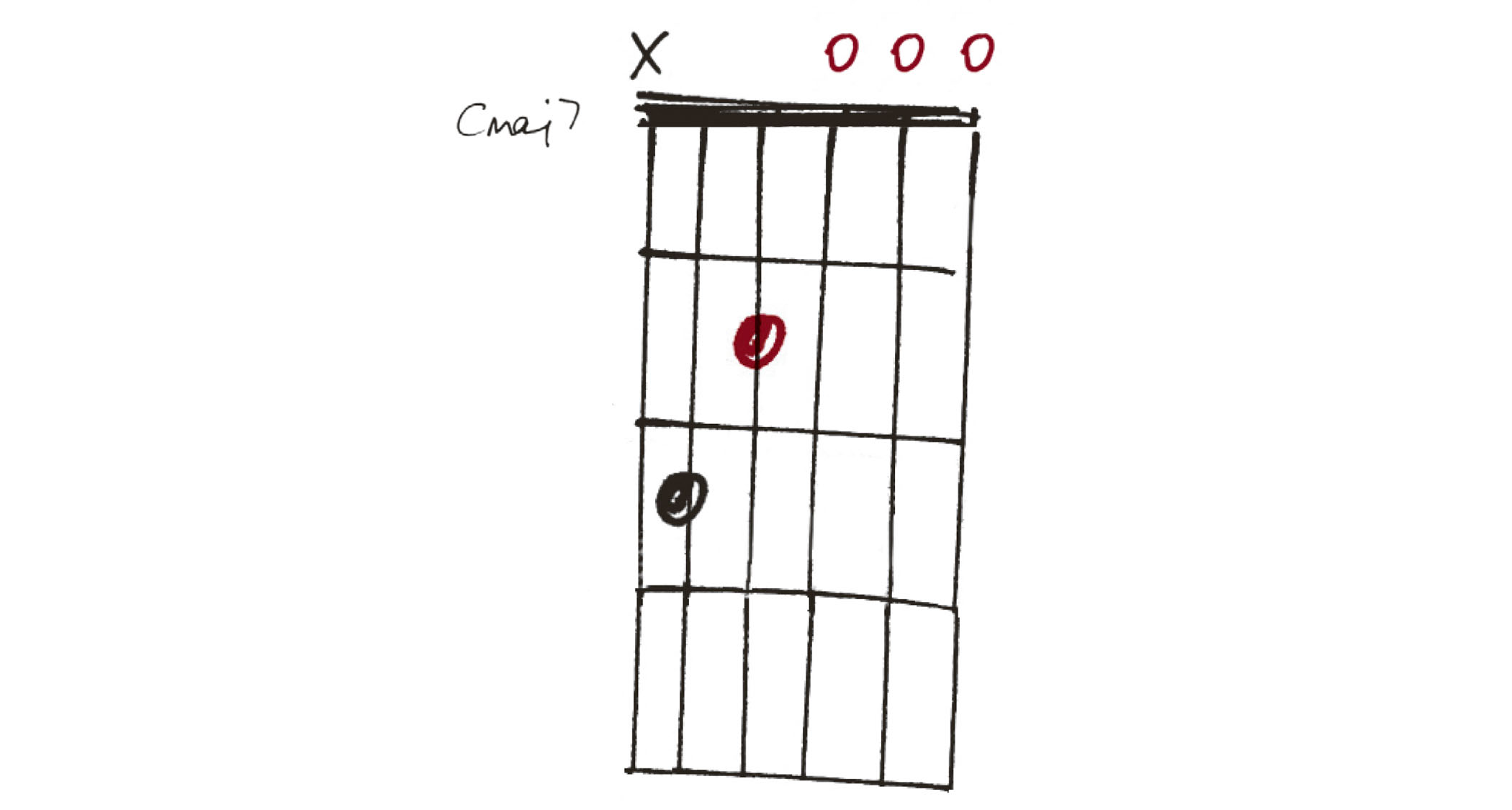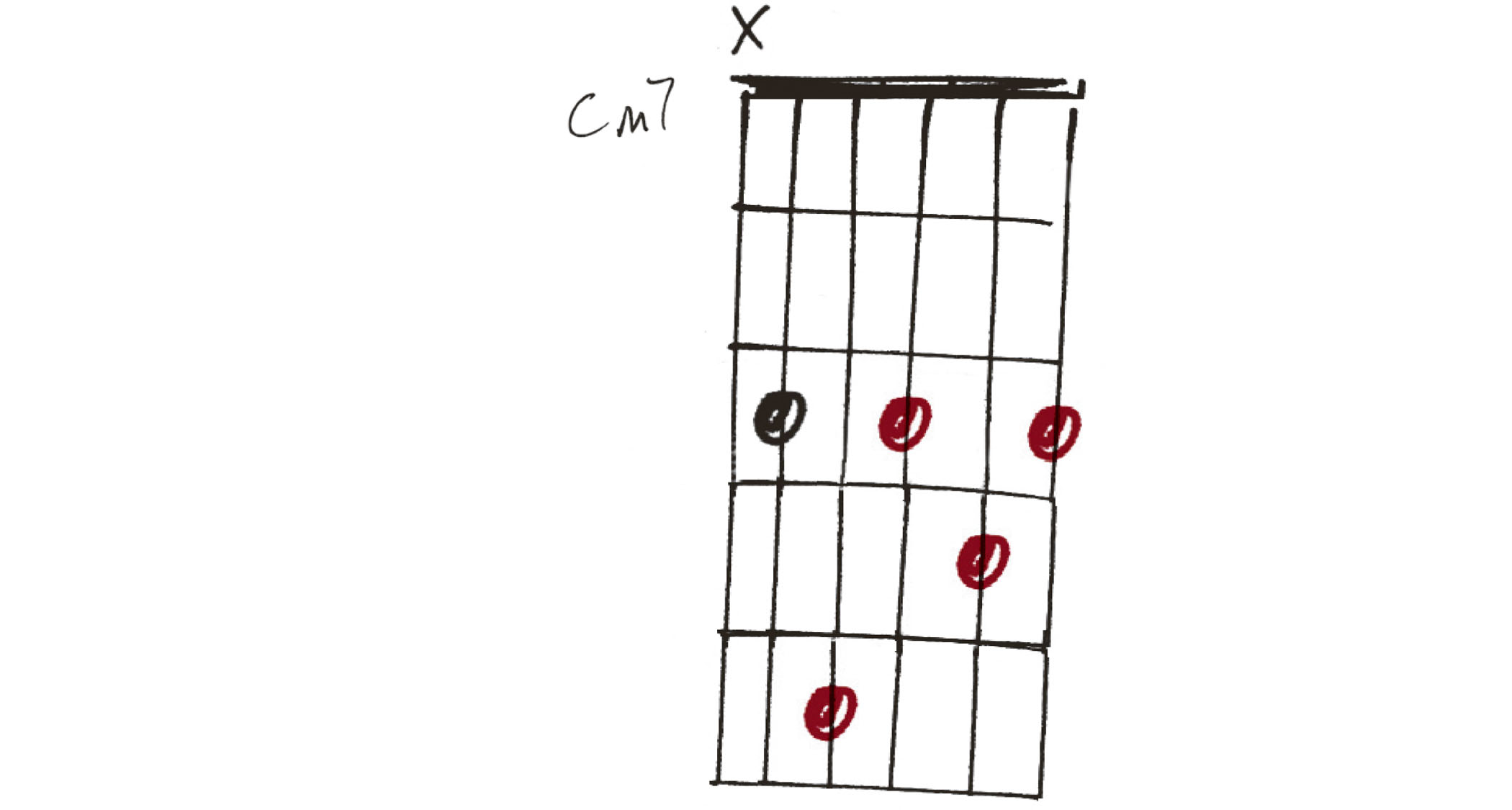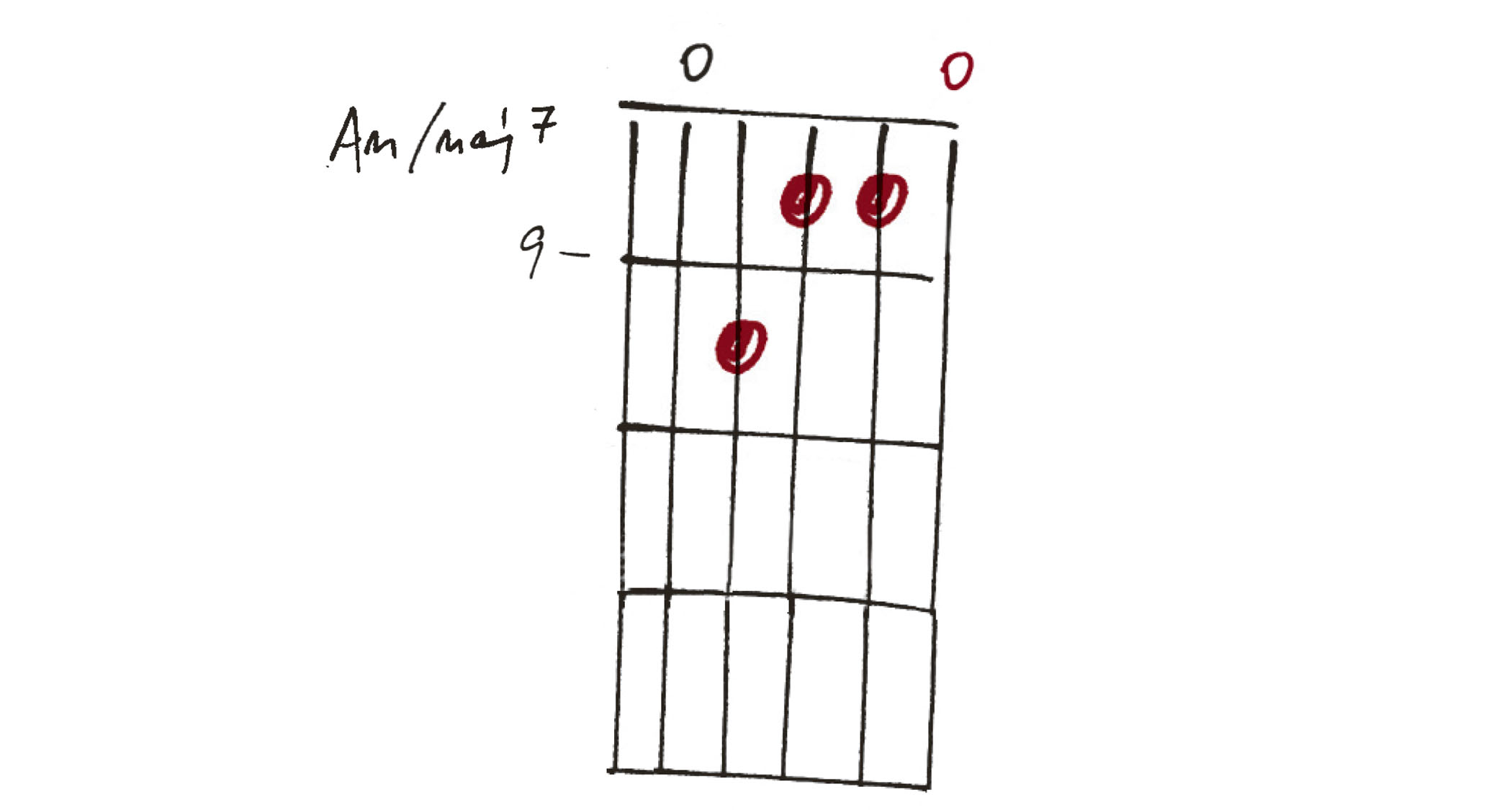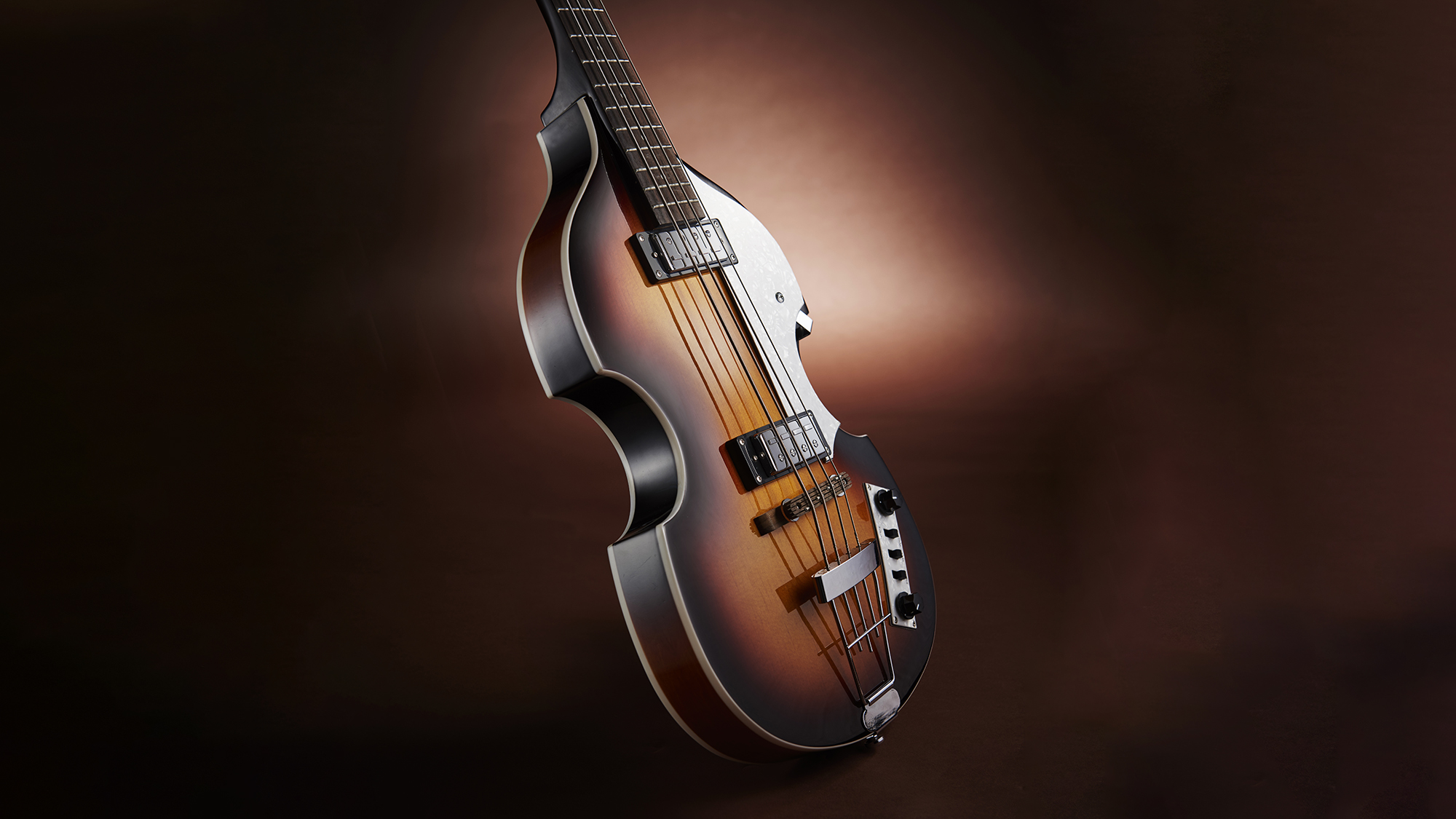“We’ve all played them, but how many of us can say we know how 7th chords actually work?” Get more out of one of guitar’s most important shapes with 5 chords that demystify the dominant 7th
They are so commonplace that we take the theory behind them for granted. Here are five 7th chords, the theory underpinning them, and some ideas for modifying them
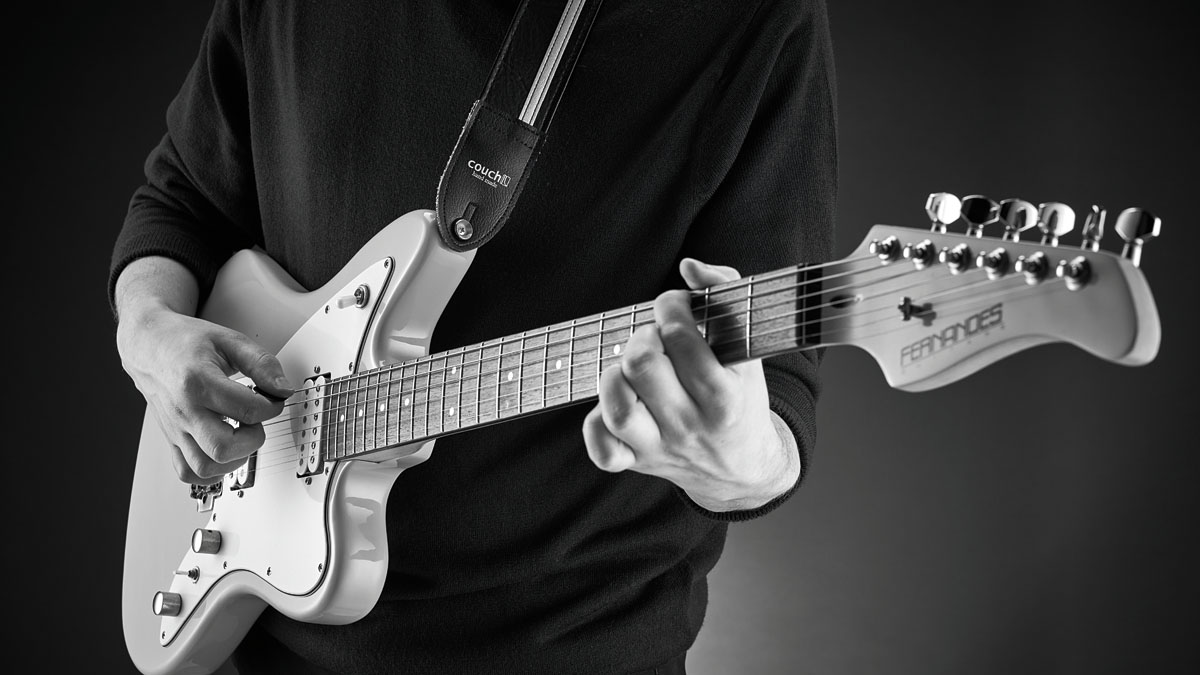
We’ve all played them, but how many of us can say we know how 7th chords actually work? There’s more to them than meets the eye… In this lesson, we’ll go through the difference between a dominant, major and minor 7th, plus the apparent contradiction of the minor/major 7th. Let's go.
The first 7th chord most of us learn is called just that: C7, G7, A7, etc. It seems reasonable to assume these consist of the root, 3rd, 5th and 7th of the scale, right? Wrong! This would make a major 7th chord. For a regular 7th chord, we need root, 3rd, 5th and b7 – but to say 'a flat 7' would be too easy to confuse with the chord A b7, a completely different thing.
One solution is to call these ‘dominant 7th’ chords; the other is to sidestep the whole issue completely and adopt the ‘slang’ term ‘A7’ when we mean ‘A with a b7th’, or ‘A dominant 7th’. Fortunately, as we’ve already seen, major 7th chords can be taken at face value…
Example 1. D7
This D7 chord can be found among the first few pages of many chord books. From the fourth string through to the first, we have root (D), 5th (A), b7th (C) and major 3rd (F#). You can convert this to a Dm7 by lowering the 3rd to F natural, or turn it into a major 7th by raising the C to C#. A lot of songs have been written around such simple moves.
Example 2. Em7
Em7 can be played in several ways. Playing across all six strings, this voicing has the root (E) on the sixth, then the 5th (B), b7th (D), b3rd (G), another 5th (B) and a duplicate root on the open first string. Raising the open third string to G# at the 1st fret makes this an E7 chord.
Example 3. Cmaj7
By combining the root (C), 3rd (E), 5th (G) major 7th (B) and duplicate 3rd (E), we create a Cmaj7. To change this to a regular C7, add your fourth finger at the 3rd fret, third string (Bb), but be sure to remove that clashing open B by adding your first finger at the 1st fret.
Example 4. Cm7
Cm7 combines the root (C), 5th (G), b7th (Bb), b3rd (Eb) and a duplicate 5th (G). The term ‘minor’ refers to the b3rd. This is a C minor chord with a dominant or b7th. If we were to raise the 7th, we would have a C minor chord with a major 7th. Now check Example 5!
All the latest guitar news, interviews, lessons, reviews, deals and more, direct to your inbox!
Example 5.
Using the open fifth string as root (A), we then find the b/minor 3rd (C), 5th (E) and G#, the major 7th. Hopefully, the term m/maj7 now makes more sense than it would have done a few minutes ago, as we are simply describing what is happening in the chord.
As well as a longtime contributor to Guitarist and Guitar Techniques, Richard is Tony Hadley’s longstanding guitarist, and has worked with everyone from Roger Daltrey to Ronan Keating.
